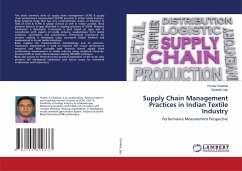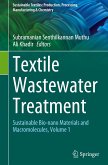Tens of thousands of years ago, early humans learned to obtain fibers from wild plants, such as wild flax, hemp, and nettles. Such fibers could be spun into thread and made into cloth textiles. People began to weave fabric during the Neolithic Era. In some cultures, people made cloth without weaving, by pounding sheets of bark to produce a soft, flexible textile. The production of textiles requires the ability to process fibers, spin them into thread, and make cloth from the thread. Cloth can be made in a variety of ways, such as knotting, knitting, and braiding, but most cloth is made by weaving. Weaving is usually done on a loom. Many different types and patterns of weaving are possible, depending on the fiber used and the arrangement of the threads. Ancient Egyptians wove their earliest textiles from flax, which produced linen; in southern Europe, the earliest textiles came from wool; in China, from silk; and in India, Peru, and Cambodia, from cotton. This educational methodical manual was reviewed by the Scientific and Methodical Council of the Tashkent Textile and Light Industry Institute and recommended for publication.
Bitte wählen Sie Ihr Anliegen aus.
Rechnungen
Retourenschein anfordern
Bestellstatus
Storno








